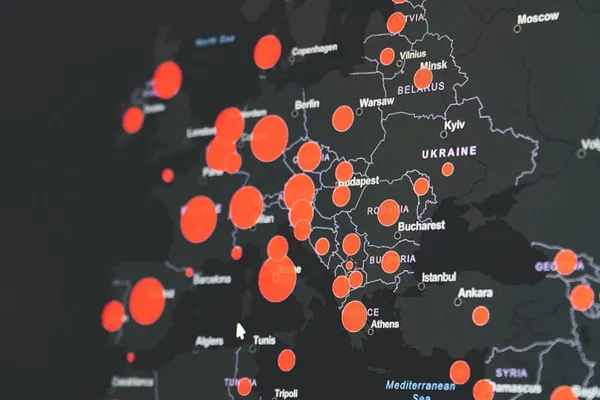How long will the state of emergency we’re experiencing last? And what impact will it have on the health of our companies, especially micro and small-to-medium businesses?
Regarding the first question, in my view, forecasts are a lot like the weather: it’s hard to say what it will be like a month from now, but easier (and more reliable) to predict tomorrow. The best we can do is trust the authorities, follow their models, and stick to the rules to shorten the time it takes to return to normal. That’s really the maximum contribution each of us can make.
When it comes to the health of companies, however, the ball is — so to speak — in our court. Beyond any government support, it’s up to us to act to prevent our businesses from going into crisis, whenever possible.
So, when can a company be considered “in crisis”? If you’ve taken any business course in the last 20 years, you’ve probably heard that the Chinese ideogram for “crisis” combines the meanings of “change” and “opportunity.” Romantic, yes, but not very practical. In the Western world, especially in recent years, the word “crisis” for a company usually means one thing: the company can no longer meet its obligations.
Crises can arise from many causes, both internal and external, sometimes in combination. That’s why, to detect early warning signs and prevent negative effects, the first step is to set up a management control system that allows you to continuously monitor the company’s vital parameters, whether internal or external.
Today, a company’s survival depends heavily on its ability to “learn continuously”: to understand its clients and competitors, and to constantly check its ability to meet — or even exceed — customer expectations.
As we said, the company structure must be able to sense and distinguish the symptoms of a potential crisis, first identifying its type: is it caused by inefficiency or overproduction? Symptoms differ depending on the type of problem.
- Crisis from inefficiency occurs when a company has lower margins than competitors. It typically affects economic indicators first, which can later influence financial metrics.
- Crisis from overproduction shows up as slower inventory turnover, significant stock increases, and/or longer cash cycles. This is especially critical for products subject to obsolescence, like electronics or food. It can be even worse if the company’s products lose appeal compared to market alternatives, for example, imported products.
Researchers have long studied whether financial data can help predict a crisis. Studies dating back to the late 1970s show that insolvency can be detected in advance if you use the right tools. Some key indicators include:
- Net tangible assets vs. total assets: below 5% signals a critical situation; the lower the ratio, the higher the risk of default.
- Debt ratio: net debt to total assets above 85% indicates high financial risk.
- Cash flow vs. total debt: as the saying goes, cash is king. Values near zero or negative signal an ongoing crisis.
- Interest expenses vs. revenue: banks monitor this; high ratios indicate worsening financial health.
- Revenue growth rate: too fast (in startups) or sharp losses are warning signs — like oil level or engine temperature in a car.
Even if these aren’t all listed in the “Corporate Crisis and Insolvency Code”, they’re extremely useful to assess a company’s health. Of course, this assumes financial data is up-to-date (my recommendation is to have the previous month’s data available by the 20th of the current month).
Taking a step back, I mentioned that the first thing to do is set up a monitoring system. To use a metaphor, this phase is like a medical anamnesis — essentially, studying the symptoms.
The next step is setting up a continuous improvement system, which I’ll cover in my next post.
To learn more, just click here.



